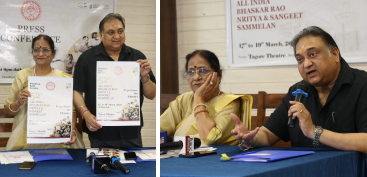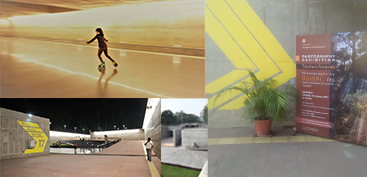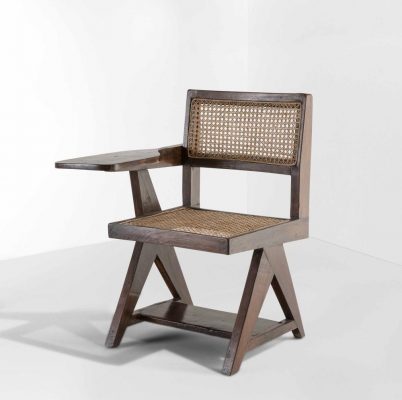
Recently, a pair of heritage armchairs from Chandigarh, designed by Chandigarh’ legendary architect Le Corbusier’s cousin and fellow architect, Pierre Jeanneret, for the Punjab Engineering College, went under the hammer in an auction in London. They fetched a whopping Rs 6.21 lakh or around £6,500. The auction took place on October 28. The estimated reserve price of these chairs was pegged between £5000 to £7000.
Let us have a look at some of the other artefacts which are left in Chandigarh which were used, made and designed by world famous Le Corbusier and his cousin Pierre Jeanneret.
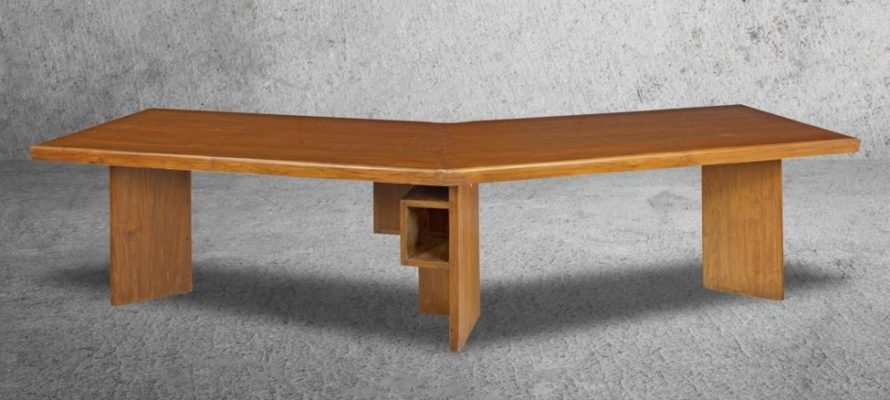
Charles-Édouard Jeanneret (1887-1965), known widely as Le Corbusier, designed this large desk in solid teak and teak veneer – Circa 1955-56.
Thick veneered top, removable and forming an open angle. Three robust “angle” type veneered teak legs, two of which are on the sides and one in the center decorated with two compartments open in opposition. H: 76; L: 347; D: 138 cm (approximately).
Place of origin: High court of Chandigarh, Sector 1.
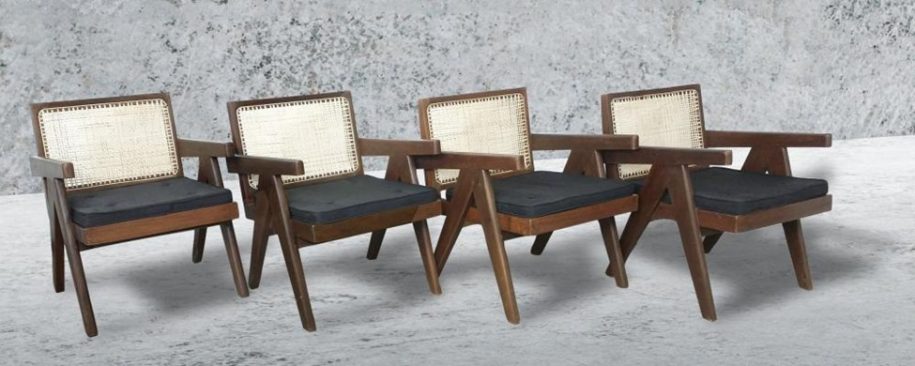
Pierre Jeanneret (1896-1967) designed this suite of four armchairs called “Cane and sisso wood armchair” – Circa 1955-56.
In solid sisso (Indian rosewood) with seat and backrest in braided caning.
Place of origin: University residences of Panjab University, sector 14 and administrative buildings of Chandigarh, sector 1
Manholes
Around 2,600 antique manholes are lying in various places in Chandigarh valued at Rs 260 cr in the international market.
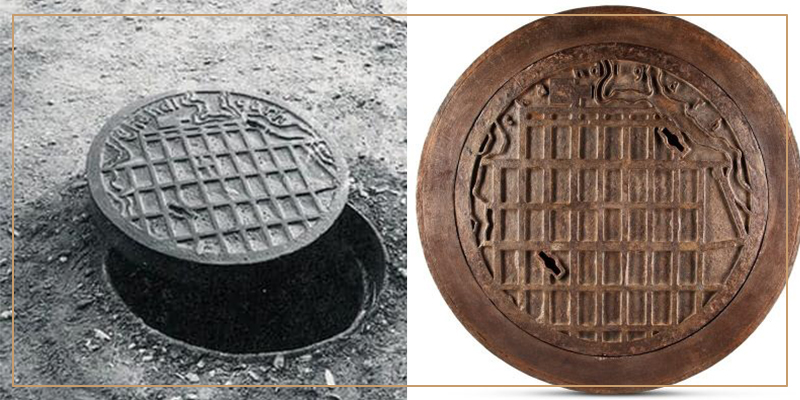
A total of 15 heritage items, mainly Chandigarh’s furniture designed by architects Pierre Jeanneret and Le Corbusier, were auctioned for Rs 3.34 crore in Paris in Oct 2021. Among these items, a pair of chairs, in solid teak and fabric, dating back to 1960, was sold for Rs 78.22 lakh. These were by far ‘the costliest pair of Chandigarh chairs sold so far’.
A tubelight table of the Panjab University library was sold at Tel Aviv in Israel at a whooping Rs 1.92 cr in 2018. Actor Sonam Kapoor’s house in London has many of Jeanneret’s creations.
According to the UT Heritage Protection Cell, countless heritage items, especially furniture, have been auctioned in at least 100 open auctions since 2009. These items have reportedly fetched Rs 40 to Rs 50 crore till now.
Which countries bought Corbusier- Jeanneret designed furniture in auctions
France, England, Switzerland, Italy, Spain, Germany. In the recent past, auctions also took place in US and UK.
How many heritage items here?
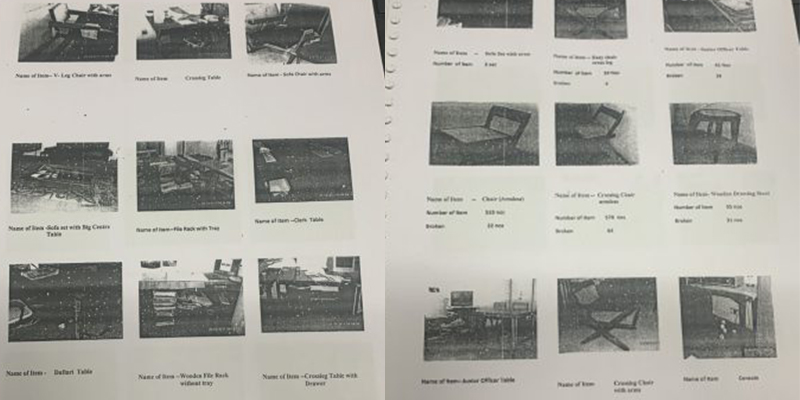
As per the list culled by the Chandigarh Heritage Inventory Committee in 2012, some 12,793 heritage items were identified under as many as 190 categories, including rare furniture artefacts, armchairs, lounge chairs, book cases, coffee tables, teak stools, tapestry, murals, drawings, other items of heritage value, designed by Le Corbusier and his team, including Pierre Jeanneret, in the 1950s and 60s.
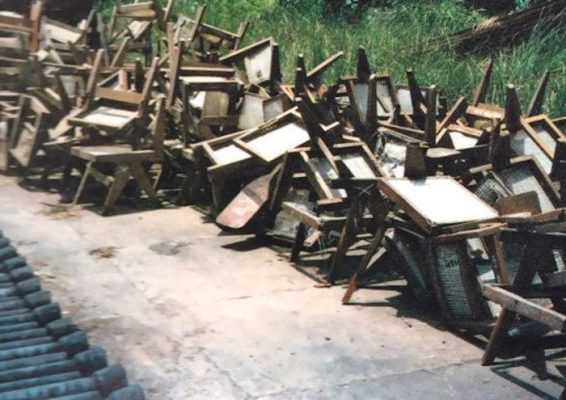
Where are these heritage items housed?
Of these, a large number of items and artefacts are in possession of the Government Museum and Art Gallery, Sector 10; Punjab and Haryana Civil Secretariat, Vidhan Sabha, PGI, Government library, Punjab Engineering College and the Punjab and Haryana High Court.
The Union Ministry of Home Affairs in 2011 banned the sale and export of heritage furniture. In 2021, The government of India, through the Archaeological Survey of India, again issued orders to all ports (sea or air) to prevent the export of such articles.

French team to help conserve heritage furniture
“We want to preserve our heritage to be retained in our own country. Even if it has to be auctioned, let it be done at the government level to earn revenue for the country and not by institutions which house them,” says Ajay Jagga, Member, Heritage Item Protection Cell, and also a practising advocate in the Punjab & Haryana High Court, Chandigarh.
” I have been suggesting the UT Administration to convert Kalagram into a Chandigarh heritage village on the lines of Dubai village, where people from all over the world can come and see these artefacts and government can earn revenue too,” he says.
A six-member delegation from France is slated to visit Chandigarh from November 15 -19 which will establish the authenticity of heritage items, tag them, and suggest processes for their conservation, restoration and legal protection.
“These items, touted to be of heritage value, need to be protected under the relevant antiquity law. There is a dire need for setting up a statutory regulatory body to take care of these items. Equally mandatory is the cataloguing of each and every heritage item to be protected and preserved in museums etc,” said Balvinder Singh, former Principal of Government College for Men and an awardee painter.
Who is Pierre Jeanneret?
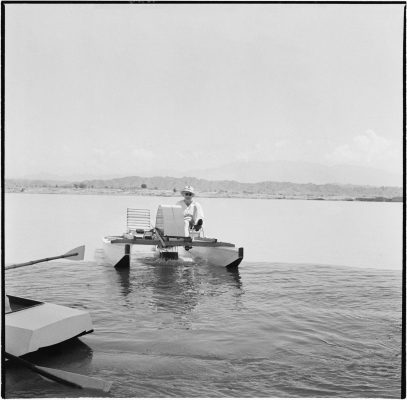
Pierre Jeanneret on a pedal boat on Chandigarh Lake,
India, 1950s.
When Le Corbusier (original name Charles-Édouard Jeanneret) took on the role of Chief Advisor to the Chandigarh Project, he convinced Pierre Jeanneret to take up a full-time position with him. Jeanneret first came to India in February 1951 and stayed on until August 1965. Jeanneret embraced India, he understood the local context, climate, materials, and designed buildings accordingly.
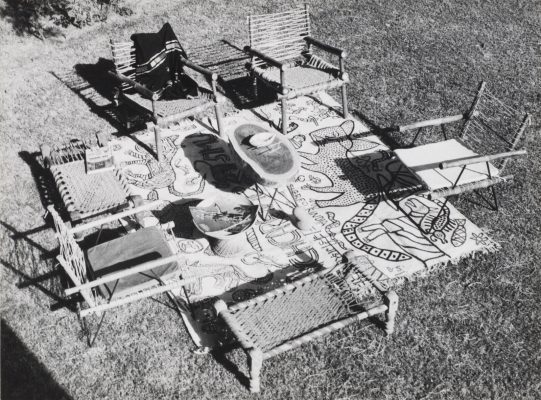
Furniture designed by Pierre Jeanneret in Chandigarh, India.
1953-1956 Photographer : Pierre Jeanneret
Jeanneret lived a simple and austere life in Chandigarh. He designed furniture for his home from simple local materials like bamboo, canvas, and rope. He became great friends with his cook and caretaker. In his spare time he built boats and sailed them on Sukhna Lake, near his house.
Apart from his own designs, he was responsible for executing Corbusier’s projects. He complimented Corbusier’s erratic temperament with his peaceful disposition.
Corbusier only visited Chandigarh twice a year for brief periods, and the responsibility for the ambitious Capitol Project, comprising the Legislative Assembly, Secretariat, and High Court, fell on Jeanneret.

The Gandhi Bhawan
The Gandhi Bhawan, an auditorium within the Punjab University campus, is considered one of Jeanneret’s finest buildings in Chandigarh.
He was appointed Chief Architect of Chandigarh in 1955, the Urban Planning Advisor to the Government of Punjab, and subsequently made Head of the Chandigarh College of Architecture. He designed several civic buildings, private residences, schools, hostels, and university buildings.
By 1965, his health was failing and, unable to continue in Chandigarh, he went to Geneva where he died on 4 December, 1967 in Geneva, and as per his wishes, his ashes were scattered on the waters of Sukhna Lake in his beloved Chandigarh.
Similar vintage pieces manufactured in Ireland
A company namedas Dimo produces furniture pieces on the lines of furniture designed by these two legendary architects and designers. The Dimo designs are infact known as the “Pierre Jeanneret pieces”.
‘Our production has been active since the 1950s and the carpentry work is operated by a Sikh that worked alongside Pierre Jeanneret,’ reads the website https://dimochair.com/collections/vintage-pieces
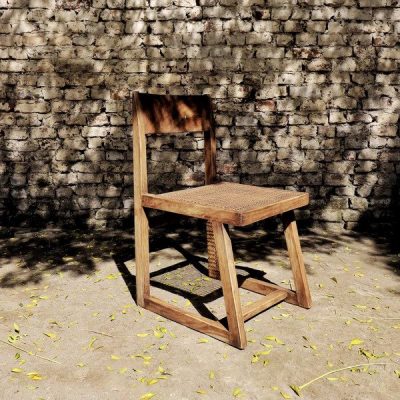
Dimo claims to offer a rare collection of Jeanneret furniture pieces made during the 1950s Chandigarh masterplan. The canning on each of the pieces has been restored in Chandigarh; however, the wood has been left with the original scratches and markings.
The other websites selling Jeanneret chairs are:
https://de-architects.com/Cafeteria-Table-and-Four-Chairs-from-Chandigarh
https://www.ragoarts.com/auctions/2022/05/modern-design/610
https://de-architects.com/Cafeteria-Table-and-Four-Chairs-from-Chandigarh
https://www.jeanneret-chandigarh.com/
https://www.design-market.eu/fr/122793-fauteuil-de-bureau-vintage-en-canne-pour-chandigarh-pierre-jeanneret-inde-1950.html







